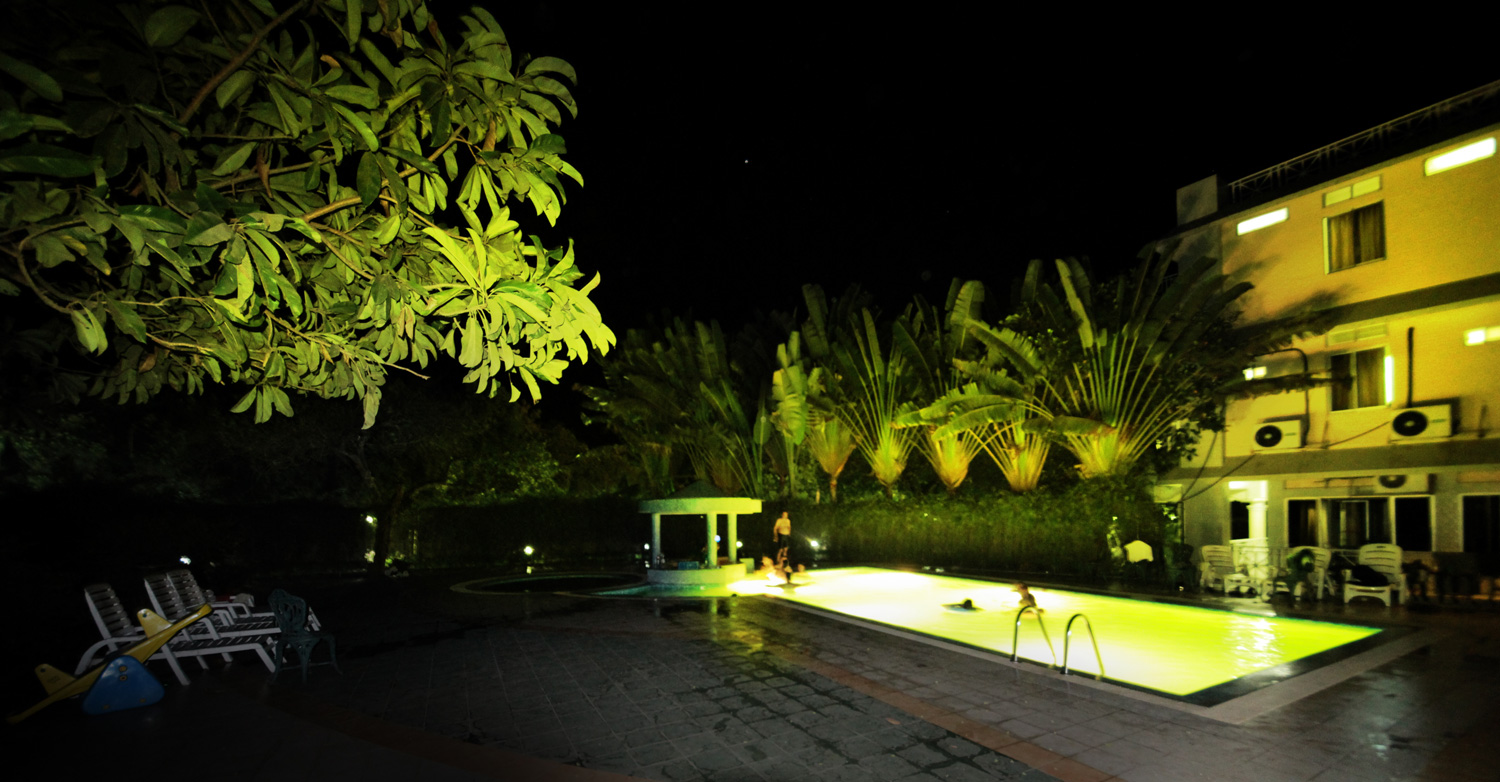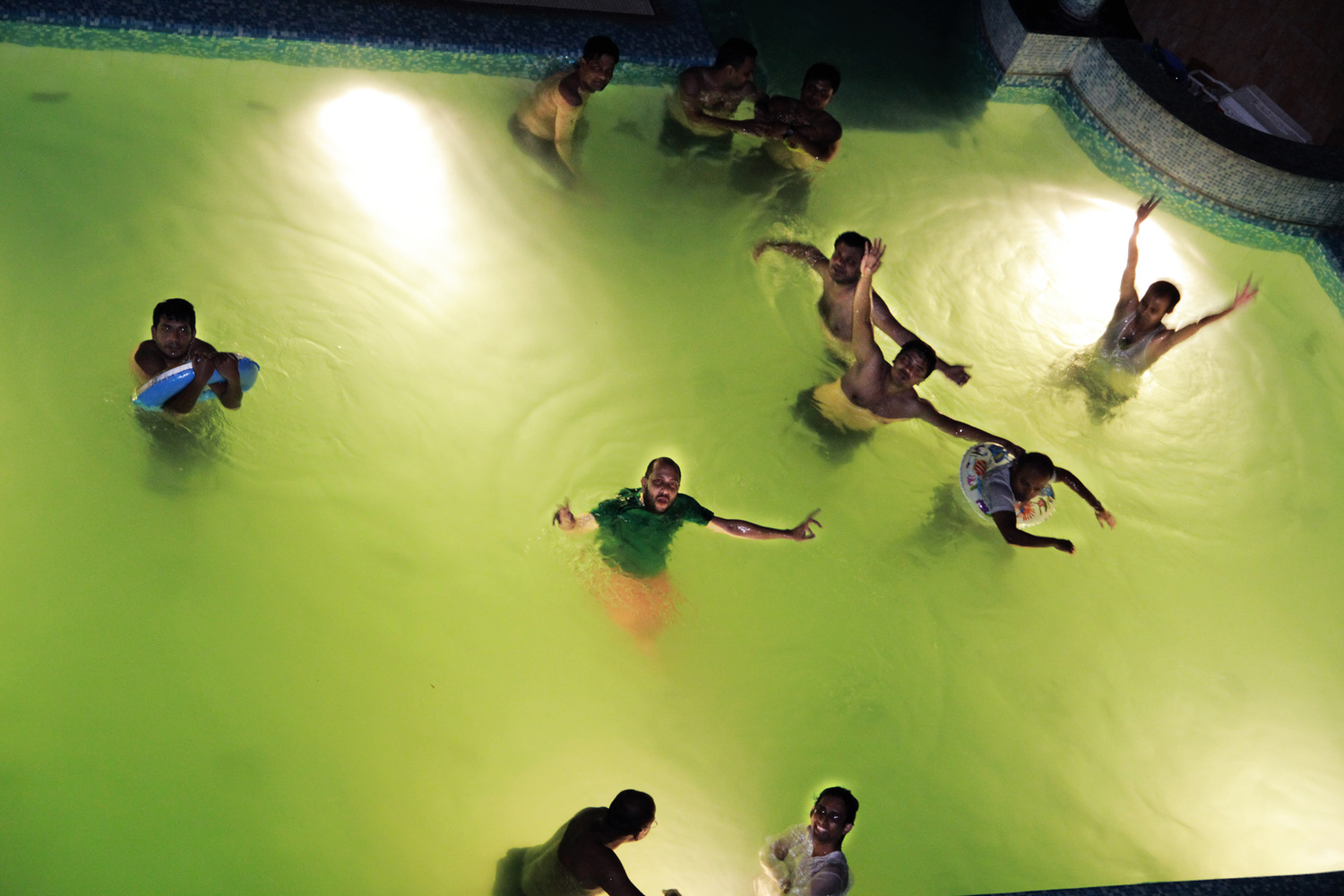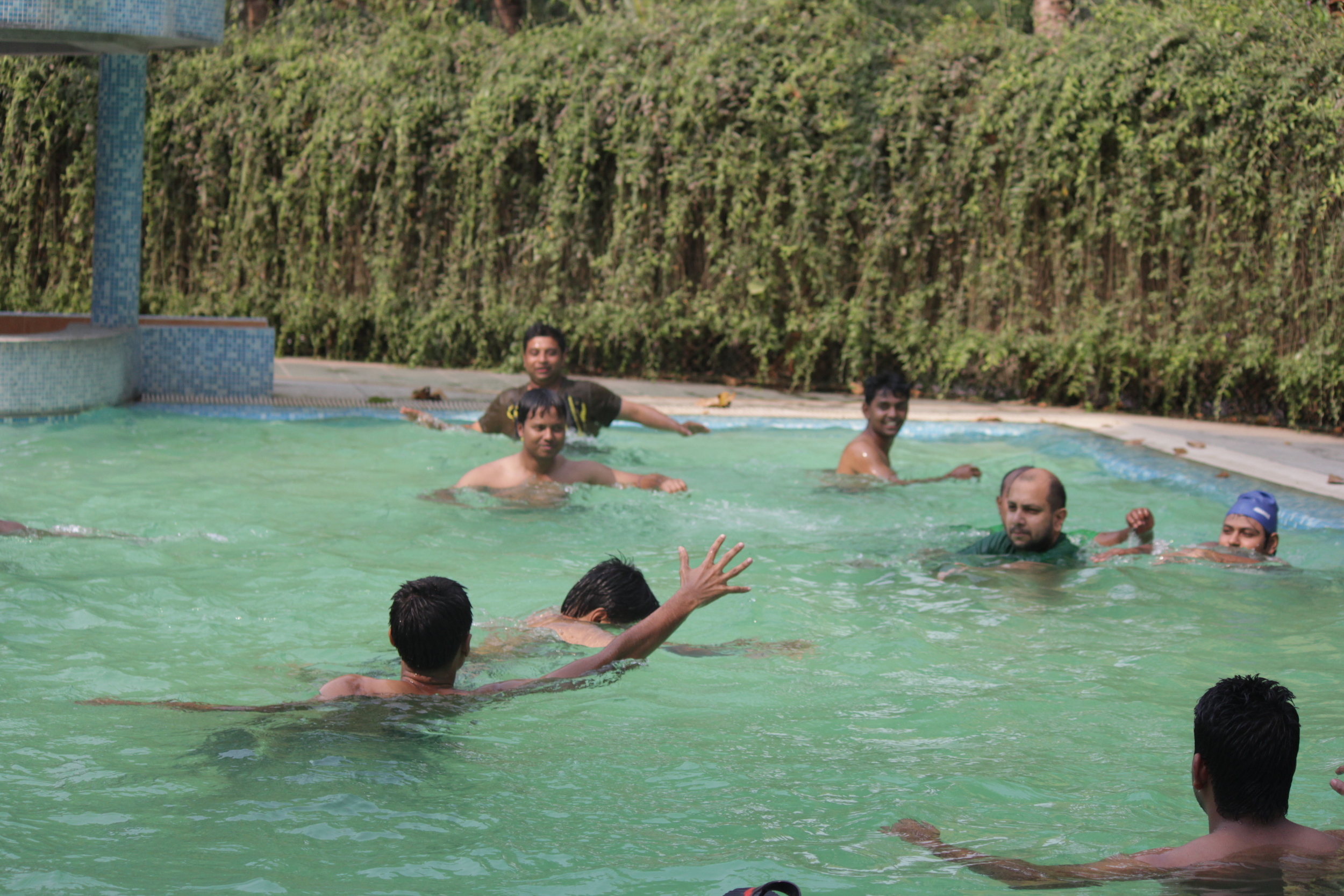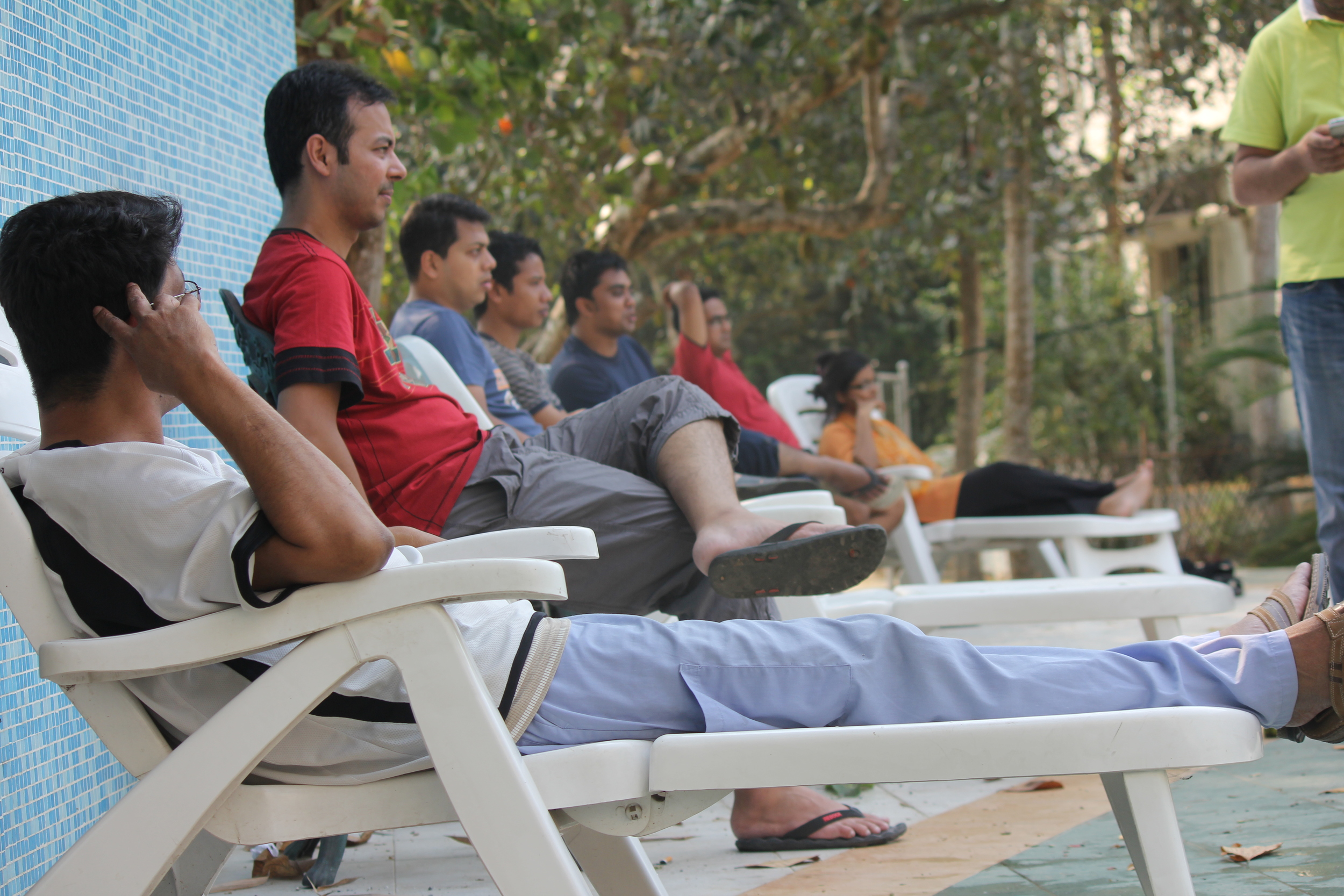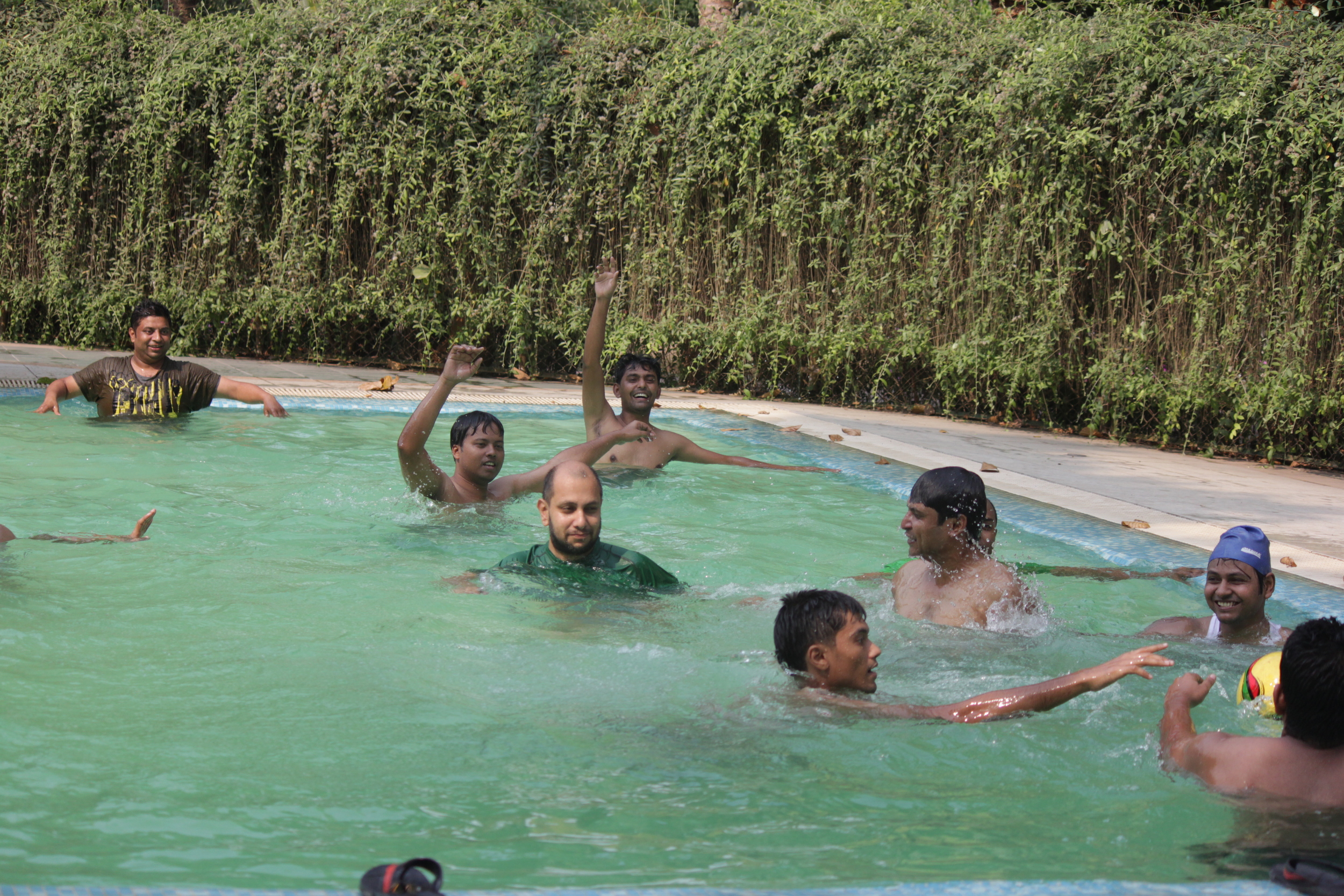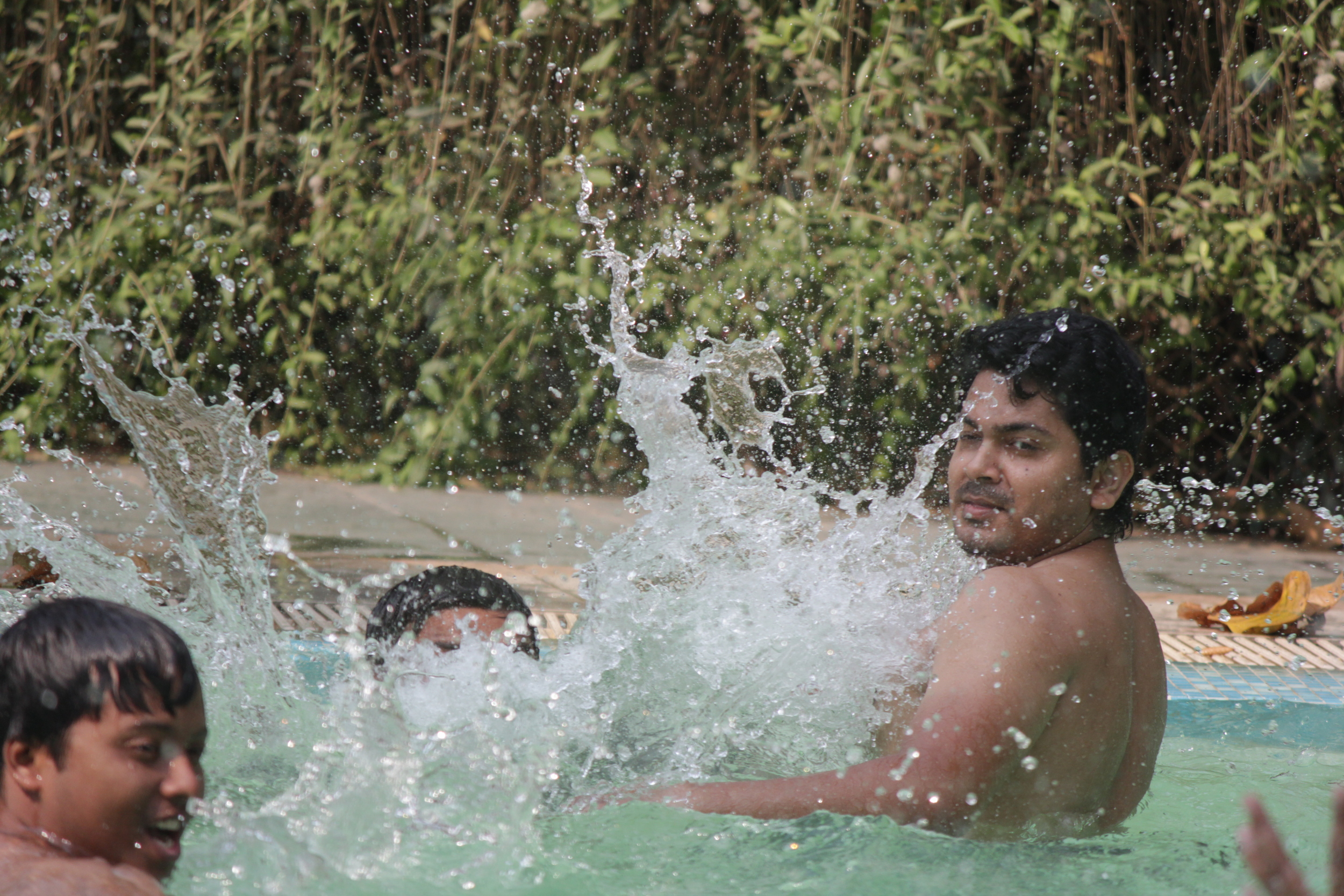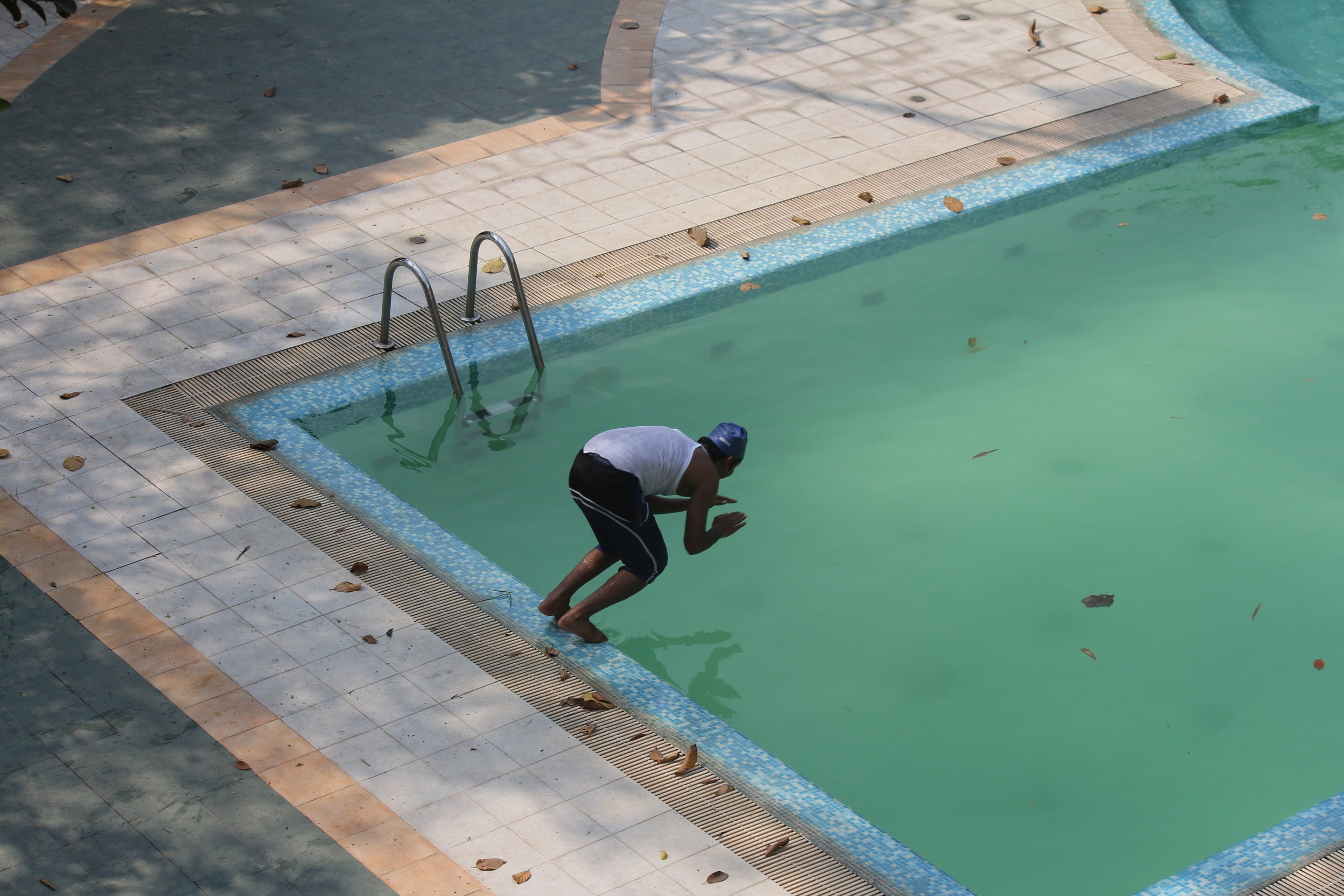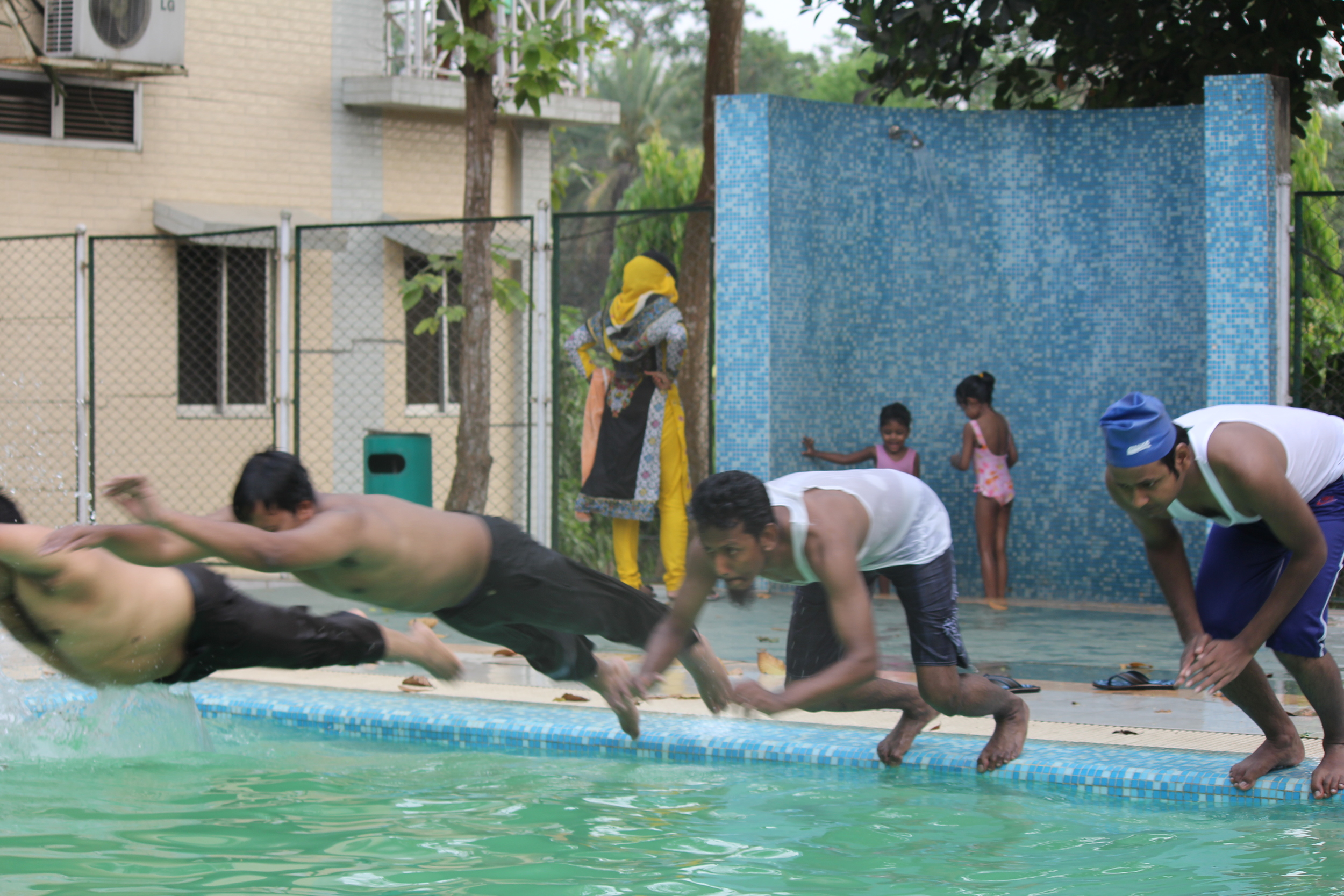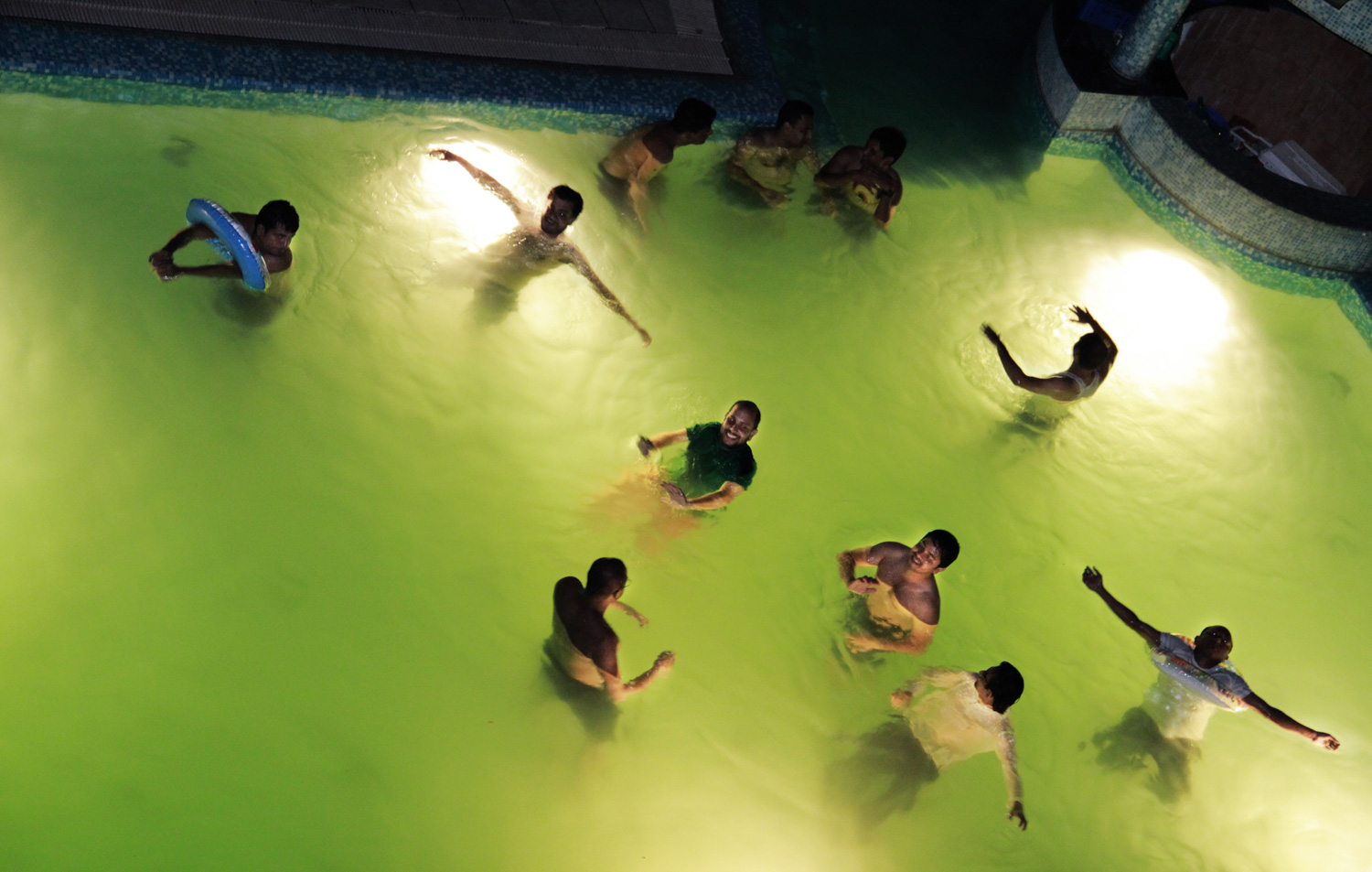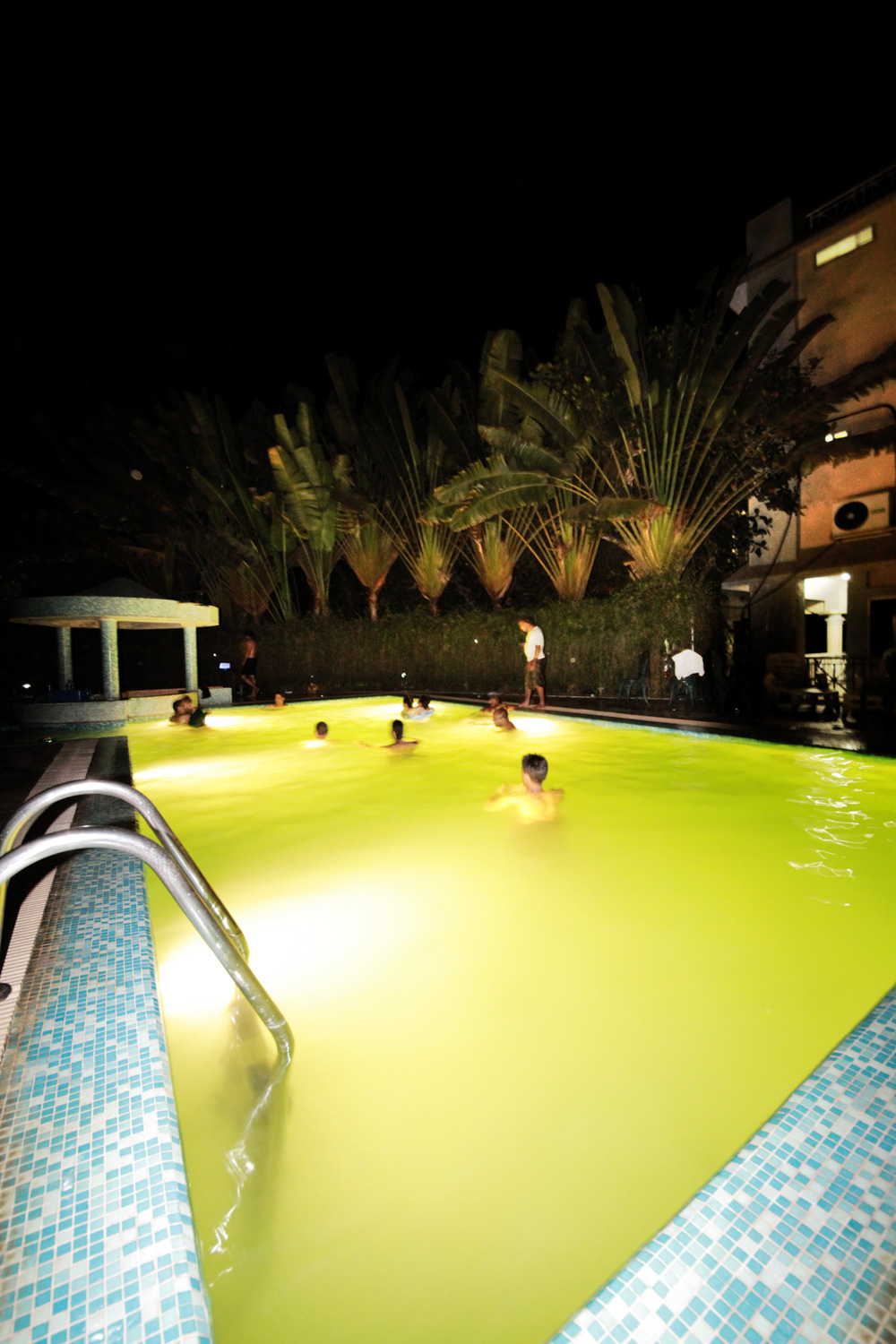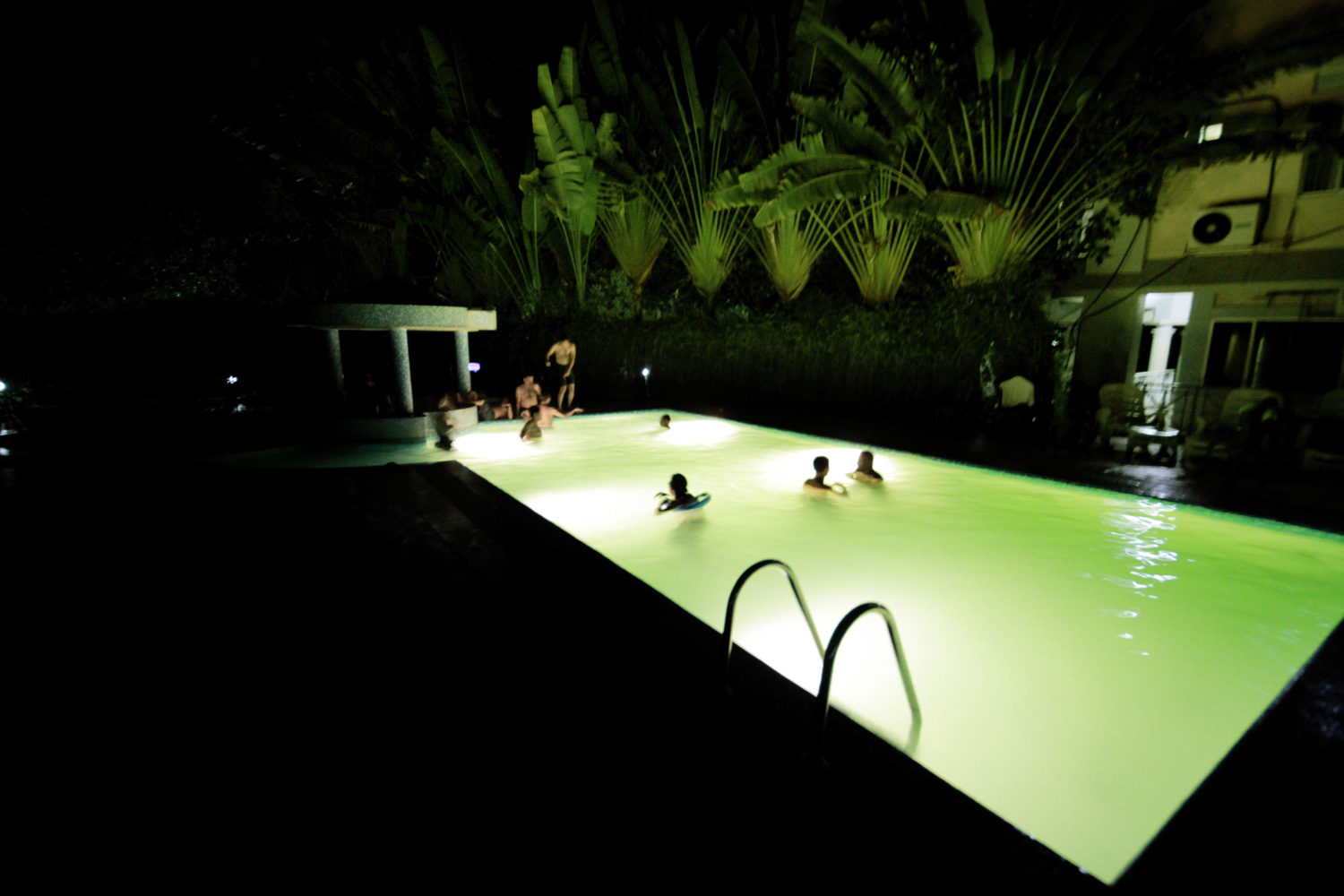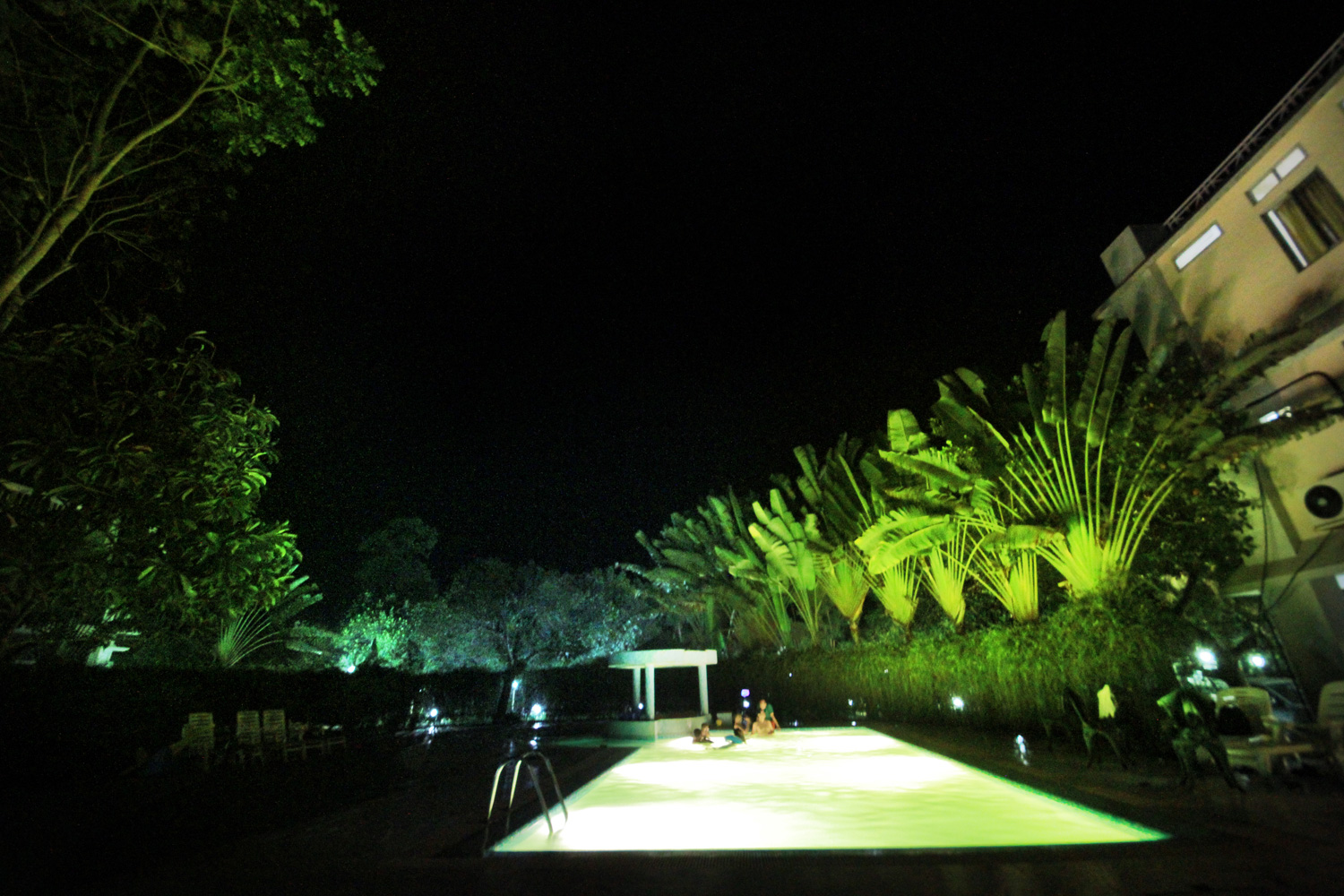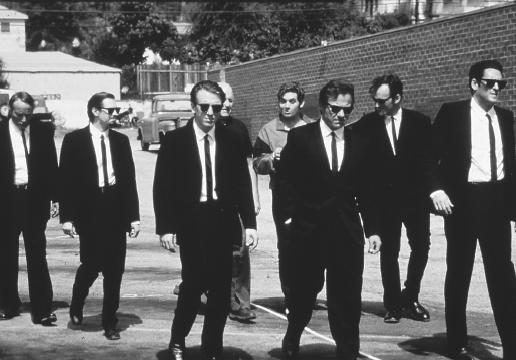Quantifying culture in a software company - part 1
/Kaz has always had a reputation for having a great "culture" for software development. We treat culture as an object, we have formal and informal processes to ensure that this thing "culture" is maintained and kept alive the way we think is good. To do this we have to quantify culture properly so that it can graphed, compared and our measures to modify it can be judged for its efficacy.
What do you measure to quantify culture?
The first thing is to believe that it's not impossible to measure it! We truly believe that it is possible to quantify culture, track it and tweak it with measures. But to do this you need to define what culture at workplace means to you. The definition does not need to be perfect for all people over all software companies over the world - it just has to be something that works for you. We've done just that - and the first post this series on culture in software company was about that definition.
Let's repeat the definition here for convenience:
Culture at workplace is that thing that brings among employees: togetherness, spontaneity and a better perception about the company.
So the things that we want to measure are the bold items in this working definition. So we know what we want to measure. The big question now is:
How do you measure them?
Here are some techniques we use to measure culture in our workplace.
Measuring Togetherness - the T index
Togetherness is the quality among a group to stay together in everything they do.
A reflection of this is felt on how much of an interest there is in our people to participate in group activities. This is very easily measurable.We have a lot of events that are unrelated to work. For example, the company arranges for all paid trips several times during the year (we've gone to trips to places like Kathmundu, Goa, Delhi, Darjeeling, Bangkok, etc.), there are Kaz Underground arranged events like the infamous pool party (during the peak of the summer) etc, there are all sorts of parties all throughout the year (joining party, leaving party, late in the meeting party, early in the meeting party...you get the picture!). What we consciously do is collect stats on participation in these events. This is typically done to arrange the party itself (to know how many are attending, arranging hotel rooms etc.) but this data is also put in spreadsheets for culture measurement. We use the date in these spreadsheet to calculate a value that gives us an idea about togetherness - we call it the T index.
The T index is the average participation over a period of time as a percentage of total employees.
Increase in T index is good. So, say for example if the month of April saw T index of 60 and on March it was 50 - it probably means the togetherness in the culture is improving - more people are turning up in group activities. One thing to note here is that in this field of hand wavy numbers absolute values aren't that important - what you want to do is plot T index on a graph and see if it's increasing or decreasing over a large period of time (say 3-6 months). Thing to remember is that you need a lot of events to aggregate so that your averages are better and you are not looking at any exceptional local spikes or troughs.
We actually do several T indices. We differentiate between types of events to find separate T index values. This is valuable since it gives you a better understanding of how things are. We can look for correlations and anti-correlations to give us more information.
For example we differentiate between T index of events that are fully or partly funded by the office and events that are totally private (e.g. party that has a ticket you need to buy, late in meeting party). For private parties, you expect the T index to be lower but it still tells you how much the group wants to gel outside the office (or outside the company's plan of things). Here is a chart of these 2 T indices for us from 2008 to 2012.
In the T index plot above, T1 = T index for company sponsored events, and T2 = privately arranged events.
The biggest thing to note is that around middle of 2009 things were really going downhill for our culture. And this was really palpable; we felt that we were losing something great. We took a lot of steps that fixed it as can be seen by the rapid rise in the index over next few months. But a big thing to note for us was that the T2 was not really as low as T1 , and as a matter of fact it was actually rising! This told us that although our people felt less inclined to join office events they were themselves socially connected and were just bypassing the office in their togetherness. This gave us hope, we knew that if we took some corrective steps we can bring the culture back.
How we did it is the story of a article later in this series on software company culture.
I'm going to stop now, the part 2 of this article will go over the measurement techniques of the other 2 indices. So stay tuned.
I leave you with some pictures of our recent pool party. Our plot says that the graph is on the rise right now for us! I think I agree :)
5WH2ZCREK7A9



